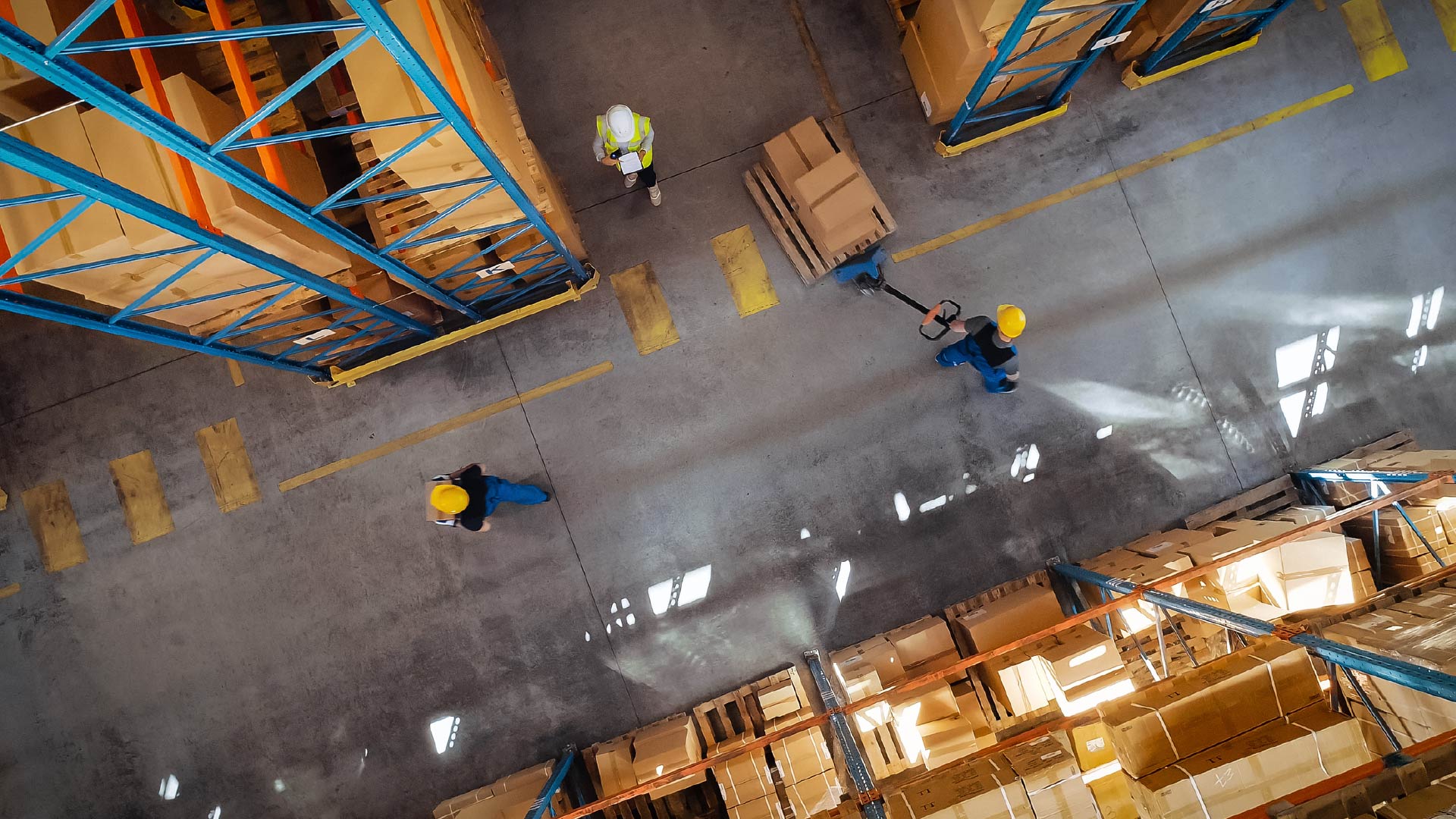Sphera Launches Dynamic Risk Pathways, A Real-Time Risk Visualisation Software For Process Safety Management

Sebastian Winter
Complex facilities constantly migrate towards states of high risk, and it is often not noticed until a major accident or incident occurs, such as BP Deepwater Horizon that pumped 130 million gallons of oil into the Gulf of Mexico, that cost the firm $65 billion. To tackle these challenges operational risk management (ORM) software has become common place within high-risk industrial operations. One module within ORM software is barrier risk management (BRM), a digitised system for building and maintaining risk controls such as swiss cheese models and bow tie assessments, linked with data captured by EHS, process safety management, control of work, and other risk related systems, to provide a real-time view of the likelihood of experiencing a hazardous event.
Due to the cost and complexity of collecting asset level data, BRM software rarely comprehensively includes all the elements of a bowtie model, leaving risk owners with two separate systems to monitor. Often meaning that operations teams may use the simpler digitised BRM, while reliability engineers will use the more sophisticated bowtie. One way to solve this problem is to set up dynamic models that visualise the possibility of a hazardous event occurring, and then monitoring in real-time the health of the barriers or safeguards put in place to prevent the MAH event from taking place. This is the approach Sphera has taken with their new operational risk management (ORM) product – Sphera Dynamic Risk Pathways.
Sphera, an EHS and ORM software vendor backed by Genstar Capital, has roughly one million individual users across 75 countries and 8,000 customer organisations. Sphera has made a slew of acquisition over the last few years including Petrotechnics, a control of work software specialist, and Thinkstep, a product stewardship provider, to place it as a leader in both the EHS and ORM software markets. Sphera offers a comprehensive set of capabilities for both markets including modules for incident management, process safety management, control of work, and barrier risk management.
Sphera’s Dynamic Risk Pathways enables firms to connect the dots between disparate pieces of information across their enterprise, and then to focus in on the risks that will have the largest impact to operations. The software delivers a simple and intuitive user interface that visualises risk for teams in charge of frontline operations. A user can visualise real-time risk pathways to hazardous scenarios, and view all hazards, threats, barriers, status indicators, events, and consequences. There is also a traffic light system to demonstrate the health of each step in the risk pathway, with a quantitative view of both cumulative risk and consequence risk through LOPA probability modelling. This is achieved through an integration with the rest of Sphera’s EHS and ORM modules, as well as with EAM systems, to make relevant data accessible.
Dynamic Risk Pathways provides both reliability engineers as well as operations managers with a single view of risks within an industrial facility and the various barriers in place to mitigate such risks. The solution helps firms notice when their facility enters a state of high risk before a major accident occurs.
For more information on real-time risk management technologies, visit the Verdantix research portal.
About The Author

Sebastian Winter
Industry Analyst





